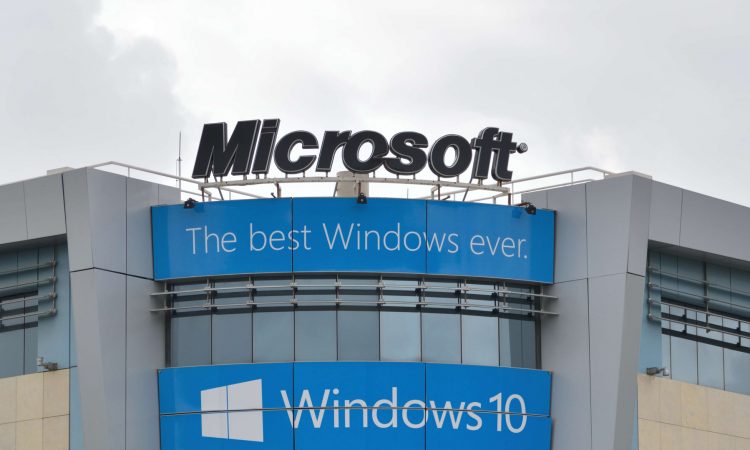
By Suresh Ramani, CEO, TechGyan
Windows 10 was off to a flying start when it was launched on July 29, 2015 at its Worldwide launch. Within 24 hours, it was setup on more than 14 million PCs.There is a huge excitement around Windows 10. At the same time, there are questions and a few concerns also from the user community.
How to get your Windows 10
The good news is that if you are a licensed user of Windows 7 or 8.1 , then you are eligible to get the Windows 10 free. You can reserve your free upgrade in the Get Windows 10 app which appears in the right side of your Task Bar . Once you reserve, Windows 10 will download when available. And it will remain free for the life of your device and not just for One Year ! Note that you will have to upgrade within 12 months else this benefit will not be available
And what if your OS is not legal? Then you purchase the legal copy.
And what if your OS Windows XP or Vista ? Again you need to purchase the legal copy.
Key Features
Edge browser , which is touted as fastest and safest browser
Universal App Store which will ensure that the App will work on any device , be it phone, or tablet or laptop or PC or large Screen like Surface Hub
Task View allows you to use Multiple Desktops efficiently
Snap Assist will allow user to snap up to 4 apps in one screen
Pin Search Bar to Task Bar for easier search
Virtual Desktop Support is built in
Start Button returns and is now more enhanced
Windows Hello, a new way to login without using password. Additional hardware required
Cortana, a digital Personal Assistant which can enhance personal productivity
Continuum will allow users to switch seamlessly from PC to Tablet mode
And many more
Windows 10 and its impact on Enterprises
For the Enterprise , Windows 10 comes bundled with many features for productivity and security. Some of these have been discussed above like Universal App Store, Task View, Snap Assist , Pin Search Bar , Virtual Desktop, etc. But what is most exciting from Enterprise Perspective is to get specific Apps developed for the Platform and be assured that these will work across all Platforms be it PC or Tablet or Phone. This is potentially a huge benefit. Another key benefit is that Enterprises will be able to manage the mobile devices much better due to built in support for Management .
For the Mobile workforce , the ability to have a common set of services running on all devices is great productivity booste. Now the Mobile Worker could be working on an app on his mobile. He can seamlessly move to PC and then to his Tablet. His User Experience in terms of the App and Data will be the same.
Windows as a Service
There is a great deal of confusion around these 4 words. Many people believe that once they upgrade to Windows 10 , they can use the service for 12 months after which they will have to pay subscription charges like in Office 365 . That is incorrect . Windows as a Service means that Microsoft will be constantly pushing the features and security patches as a software update to the Windows 10 devices. And clearly , once the device has Windows 10 , there will be no cost as long as the life of the device.
Currently we have only Windows Updates. The proposed 3 methods will be
1) Current Branch
This will automatically apply the updates as soon as they are available
2) Current Branch for Business
Some degree of Customization is possible as to when the Updates can be applied
3) Long Term Service Branch
This can be highly Customized . An Organization can specify for example that only Security Updates should be applied .
